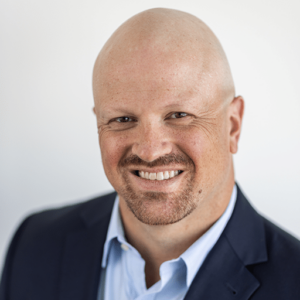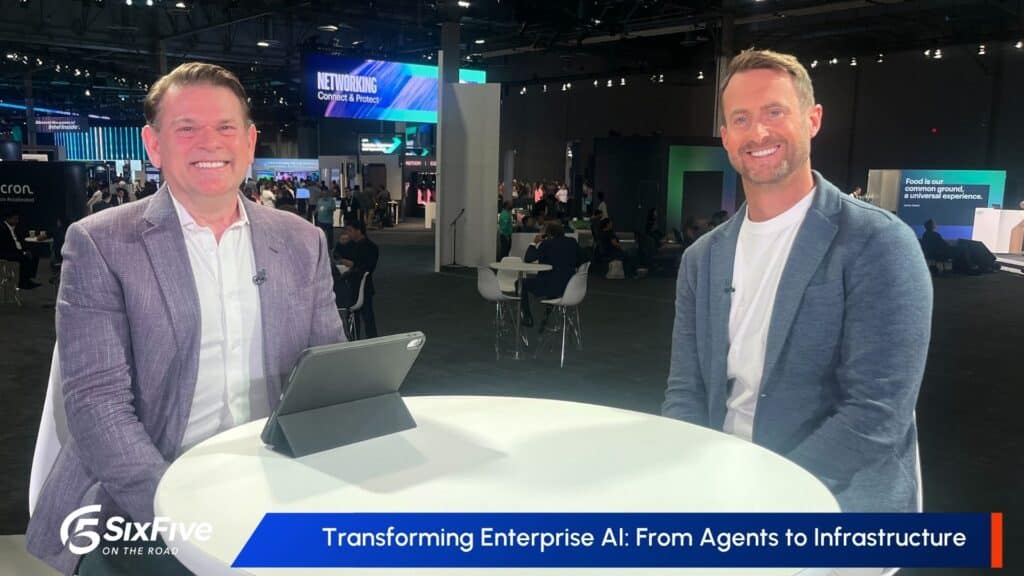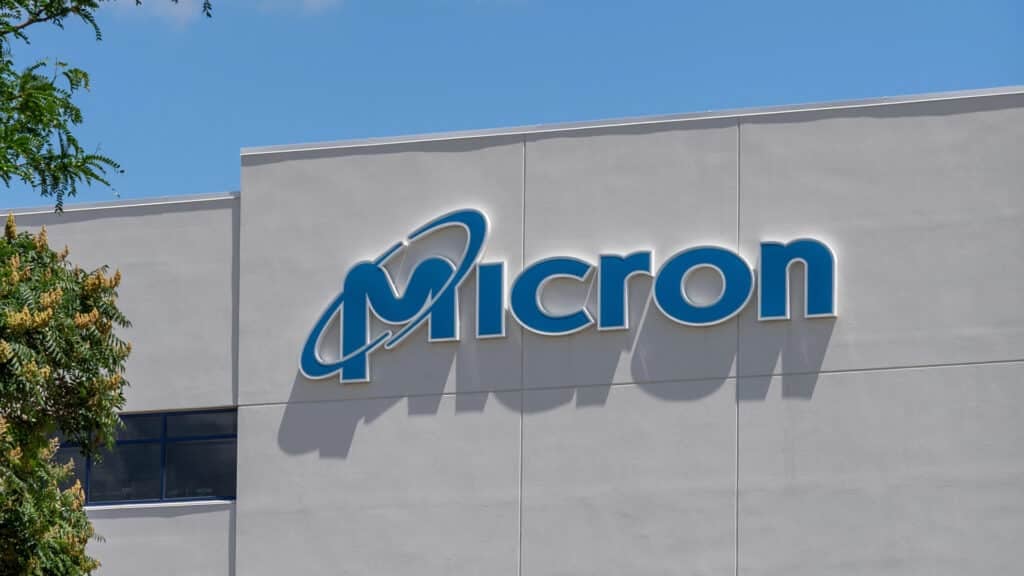The Six Five team discusses the acquisition of Apptio by IBM.
If you are interested in watching the full episode you can check it out here.
Disclaimer: The Six Five Webcast is for information and entertainment purposes only. Over the course of this webcast, we may talk about companies that are publicly traded and we may even reference that fact and their equity share price, but please do not take anything that we say as a recommendation about what you should do with your investment dollars. We are not investment advisors and we ask that you do not treat us as such.
Transcript:
Pat Moorhead: IBM bought a very interesting company called Apptio. What does Apptio do? What is it relevant? What does it mean to IBM?
Daniel Newman: Yeah, it was a big move. It kind of consumed the weekend Pat. So I think both of us were, we had had some early insights into this, so we had to keep ourselves on low about what was going on here. But overall, Pat, this was the news of the weekend. It was originally estimated at around a $5 billion deal. It came out on Monday morning, $4.6 billion deal. It’s the biggest deal that IBM has done since Red Hat. So while IBM has been gobbling up and making lots and lots of smaller acquisitions, this is the first one they bought from Vista Equity Partners. Vista bought it in 2018 at around 1.94 billion. Put in the show notes, Futurum’s practice leader and VP Steven Dickens wrote a Forbes piece about it this week. I believe you did too. Covering what the company is doing, Pat, this really is a FinOps play.
It’s a hybrid cloud play. It’s bringing together the fact that as companies continue to grow in scale and are trying to define and fully understand and appreciate the IT architecture that is going to be hybrid and multi-cloud, that they want to A, understand their cloud spend B, understand their full IT and workload placement and subsequent spend. And then C, understand the labor realization and labor allocations related to all of the above. Now that’s really what Apptio is. It’s really three products. One focuses on public cloud spend. One FinOps, one focuses on the hybrid cloud and overall IT and then the other one focuses on labor and on the public cloud spend, they have a really fast time to value product. As you obviously go more and more towards prem and towards personnel, it takes a little bit longer for that time to value to be realized.
But I think the thing here is not only are these tools important, FinOps companies understanding spend, optimizing for these periods of austerity and these market uncertainty. I know because of the magnificent seven, everybody feels like the economy is great, it’s really not. It’s great yet. AI’s given us a bit of a prop. And so companies as a whole need to figure out how to optimize spend and doing so makes a difference to every part of the business. So I like it for that reason. Pat, I also like it because I BM has become very transparent in its focal area. As we’ve talked about this endlessly. We had Arvind Krishna on the Six Five actually keynote of our last year, Six Five summit, not this year, the one before. And he talked about it, it’s hybrid cloud and AI. That’s what the company’s focused on.
It shed the weight of Kyndryl. It really zeroed in it’s turned its profitability. It was one of the best performing companies through the downturn because it’s steady, it performs and it really has gotten to a point where it’s look and feel is that of a company that has the potential to grow, albeit mid single digits perhaps is its more realistic outlook. But that’s still really good. Tools like this though Pat give them access to every customer, which has been a big part of the services consulting portfolio, the companies. How do we get to the companies that don’t using our, maybe say an IBM cloud, maybe they’re not using our cloud for financial services or they’re not using any of our public cloud services.
Red Hat was a huge win there. It get got them so much access to so many customers that are using other third party hyperscalers. This is another one where companies that are using all kinds of different clouds, multiple clouds on-prem are looking to figure out how to optimize the business. And of course, given some of the thoughts about generative AI automation lowering costs, another area to potentially lower costs is getting a better handle on your labor. This is something of consulting and services business can and should do, and what Apptio does has a software that helps you do that faster. So solid acquisition on a good trajectory.
Pat Moorhead: Yeah, we were up at 7:30 in the morning on Monday talking to IBM, senior vice president of software and CCO, Rob Thomas-
Daniel Newman: Chief Commercial. Yeah.
Pat Moorhead: … and also AJ Patel, who’s the chief operating officer at Apptio to really get insights on this, which I really appreciate. And there was only so much the two companies could talk about in future integration. But I look at this quite simply. And first of all, y’all know my favorite topic is the hybrid multi-cloud and the fabrics that are going to make that happen, whether they’re data fabrics, app fabrics, networking fabrics, security fabrics, that is the way the world is going to operate. Where enterprises want a choice between where they put their compute, where they put their storage, it’s going to be on the edge, it’s going to be in the public cloud, it’s going to be in SaaS, it’s going to be in COLO, it’s going to be everywhere.
And what Apptio does is lets you better manage the finances, the spend at where you are putting all of these workloads and just, first of all, I love it because this is a FinOps hybrid multi-cloud fabric. And regardless of where companies are putting their compute, IBM can monetize that and create value. And this adds to other types of services that operate like this. Instana, AIOps, Red Hat, Redshift is a hybrid multi-cloud fabric for applications. So I like it and I should have seen this coming so kind of silently, IBM has put together, not silently. When I put Red Hat, that’s huge. But when I look at what they’re putting together here at IBM, they have their play that says, “Hey, if you want a full stack from us, you want to buy everything from us, we have that. You want to go hybrid, multi-cloud, we have that too. And we can monetize every part of it.”
So I like this, read my article I wrote on Forbes for the deep dive.
Author Information
Daniel is the CEO of The Futurum Group. Living his life at the intersection of people and technology, Daniel works with the world’s largest technology brands exploring Digital Transformation and how it is influencing the enterprise.
From the leading edge of AI to global technology policy, Daniel makes the connections between business, people and tech that are required for companies to benefit most from their technology investments. Daniel is a top 5 globally ranked industry analyst and his ideas are regularly cited or shared in television appearances by CNBC, Bloomberg, Wall Street Journal and hundreds of other sites around the world.
A 7x Best-Selling Author including his most recent book “Human/Machine.” Daniel is also a Forbes and MarketWatch (Dow Jones) contributor.
An MBA and Former Graduate Adjunct Faculty, Daniel is an Austin Texas transplant after 40 years in Chicago. His speaking takes him around the world each year as he shares his vision of the role technology will play in our future.





